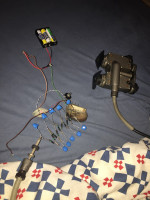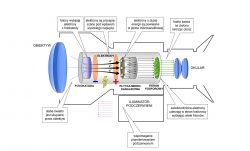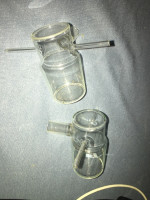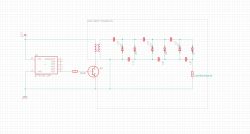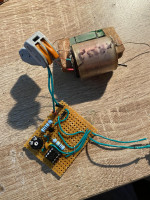Fortunately, silicone is relatively soft. Unfortunately, it breaks into thousands of pieces when removed. But it should be removable.
The question is, what caused the problem? Never had this problem before!
At the very beginning, shortly after I purchased it, I operated it on 12 volts for a while. Later I noticed that it is only allowed for 6 volts. But in theory, that doesn't destroy the insulation, right?
Unfortunately, the current problem also occurs at 6 volts.
Should I try to remove the old silicone and replace it with a new one? And what exactly is this silicone for insulation called. Here in Germany, I have not yet been able to find a suitable one on the Internet.
Any ideas how can I measure the high output voltage? I just have a normal multimeter up to 250 volts here.
Added after 2 [hours] 6 [minutes]:
Another question (hope I'm not too annoying):
I also have a PNW-57 power supply nearby. It still works wonderfully and with no problems. Can I use this for the NS-71? Theoretically, the pipes have the same voltage from both units
The question is, what caused the problem? Never had this problem before!
At the very beginning, shortly after I purchased it, I operated it on 12 volts for a while. Later I noticed that it is only allowed for 6 volts. But in theory, that doesn't destroy the insulation, right?
Unfortunately, the current problem also occurs at 6 volts.
Should I try to remove the old silicone and replace it with a new one? And what exactly is this silicone for insulation called. Here in Germany, I have not yet been able to find a suitable one on the Internet.
Any ideas how can I measure the high output voltage? I just have a normal multimeter up to 250 volts here.
Added after 2 [hours] 6 [minutes]:
Another question (hope I'm not too annoying):
I also have a PNW-57 power supply nearby. It still works wonderfully and with no problems. Can I use this for the NS-71? Theoretically, the pipes have the same voltage from both units




